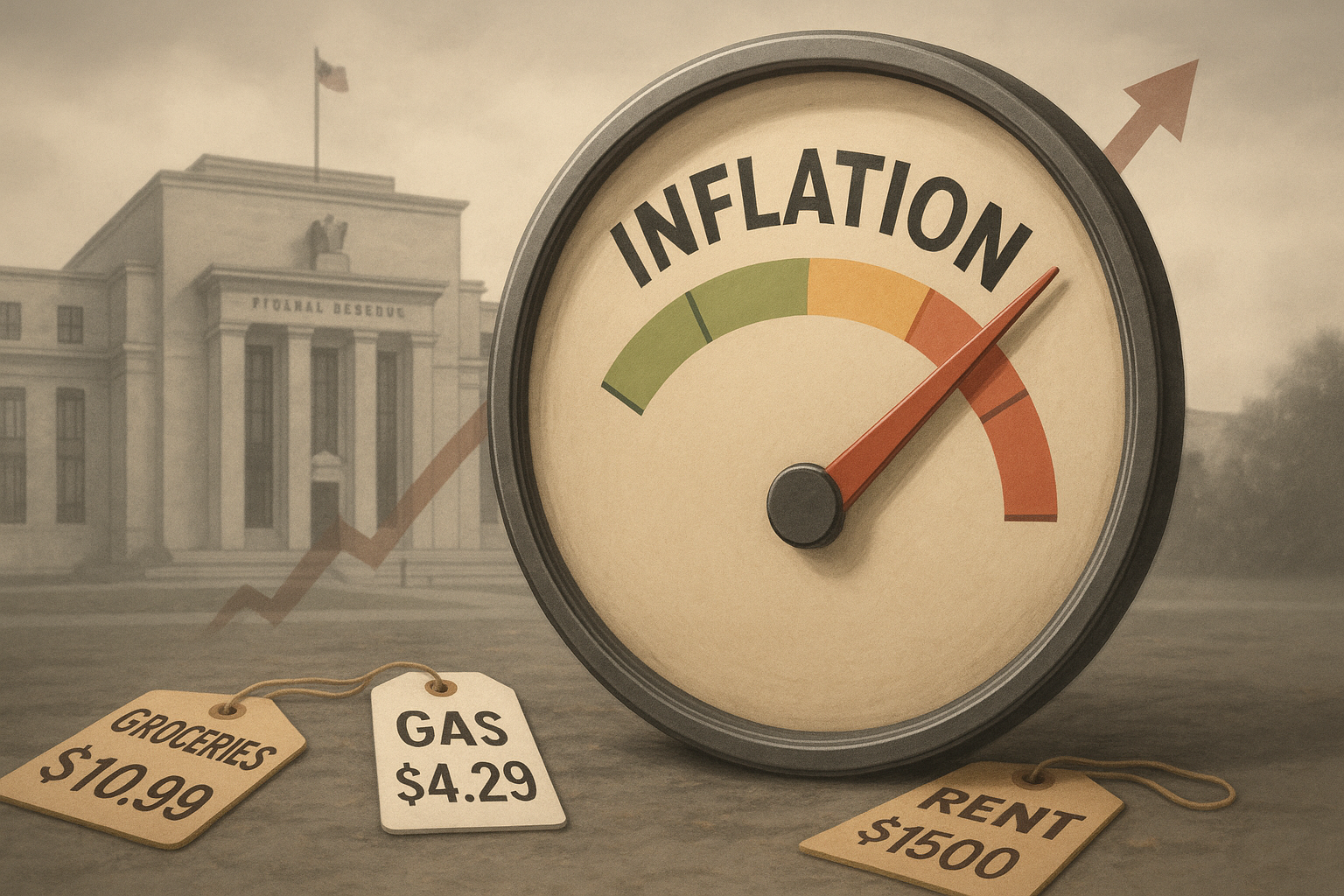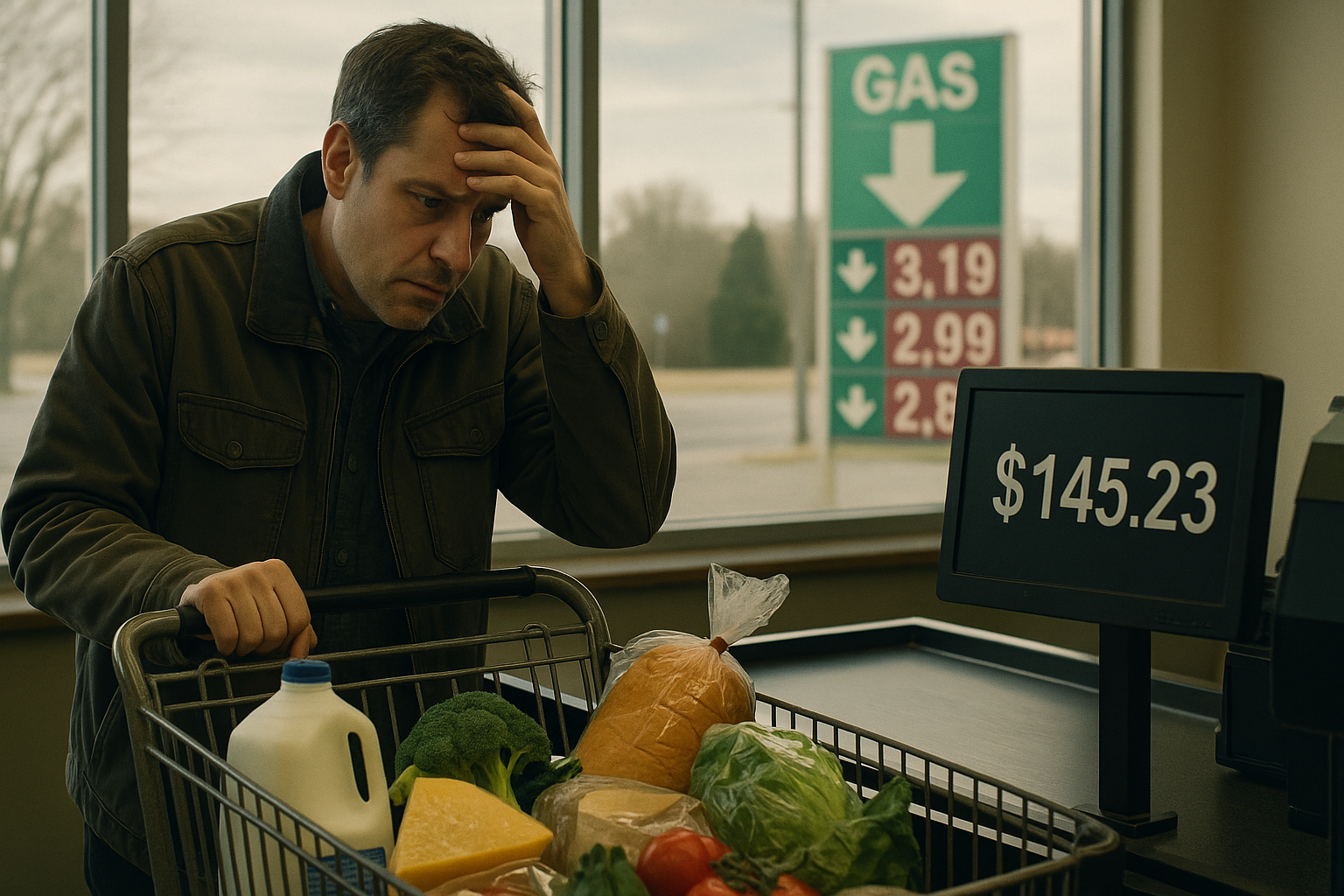Just when we thought we'd seen the last of it, inflation has crashed back onto the economic stage like that friend who keeps returning to borrow money. The Federal Reserve's preferred inflation measure showed prices accelerating in June, throwing a wrench into what was supposed to be our economic happy ending.
Look, the numbers aren't catastrophic, but they're definitely not what anyone wanted to see. The Personal Consumption Expenditures (PCE) price index—that obscure-sounding metric that keeps Fed officials up at night—rose 0.2% in June. More troubling? The core PCE index jumped 0.3%, its biggest monthly gain since January.
I've been tracking these inflation numbers since the post-pandemic surge began, and there's something frustratingly resilient about them. Year-over-year, core PCE inflation sits at 2.9%, still mockingly above the Fed's 2% target.
The timing couldn't be worse for Powell and his monetary policy gang. Just days ago, they held rates steady while practically telegraphing a September cut. Powell even had that satisfied look on his face (I've seen it before at previous pressers) while suggesting the committee was "gaining greater confidence that inflation is moving sustainably toward 2%."
Well... awkward.
What makes this particularly interesting—and I spoke with three economists yesterday who confirmed this view—is how this inflation uptick arrives amid the tariff uncertainty that's been hanging over markets. The Trump-era tariffs never fully disappeared, and the Biden administration has maintained many while threatening new ones.
It's what I call the "policy sandwich" problem. Monetary policy on one side, fiscal policy on the other, and trade policy (tariffs) squeezed uncomfortably in between. When these ingredients don't complement each other, nobody wants to take a bite.
Markets reacted with their usual neurosis. Stocks dipped, recovered, then wavered again—the financial equivalent of someone trying to decide what to wear to a party with an unclear dress code. Treasury yields inched upward, reflecting the suddenly cloudier outlook for rate cuts.
(Side note: I've always found it fascinating how markets can simultaneously panic about and dismiss the same piece of news within a single trading session. Human psychology at its finest.)
So what happens in September? That's the trillion-dollar question hanging over everything now. The markets are still betting heavily on a rate cut—about 80% odds at last check—but that's down from the near-certainty we saw last week.
Central banking, as a former Fed governor once told me over an unexpectedly candid lunch, is choosing which mistake you'd rather make. Cut too soon and watch inflation resurge? Or wait too long and strangle the economy unnecessarily?
The Fed seems more worried about overtightening than lingering inflation... or at least they were until this report landed on their desks.
For regular folks—you know, the ones actually buying groceries and paying rent rather than debating basis points—this means the inflation story isn't over. Companies are still finding sneaky ways to pass costs along. Housing remains stubbornly expensive. And don't even get me started on insurance premiums.
September's Fed meeting just got a whole lot more interesting. Between now and then, we'll all be amateur economic detectives, scrutinizing every data release for clues about where inflation's headed next.
The bottom line? Inflation, like that houseguest who keeps "forgetting" to book their flight home, is still very much with us. And the Fed—despite its best efforts and increasingly unsubtle hints—hasn't quite figured out how to show it the door.




